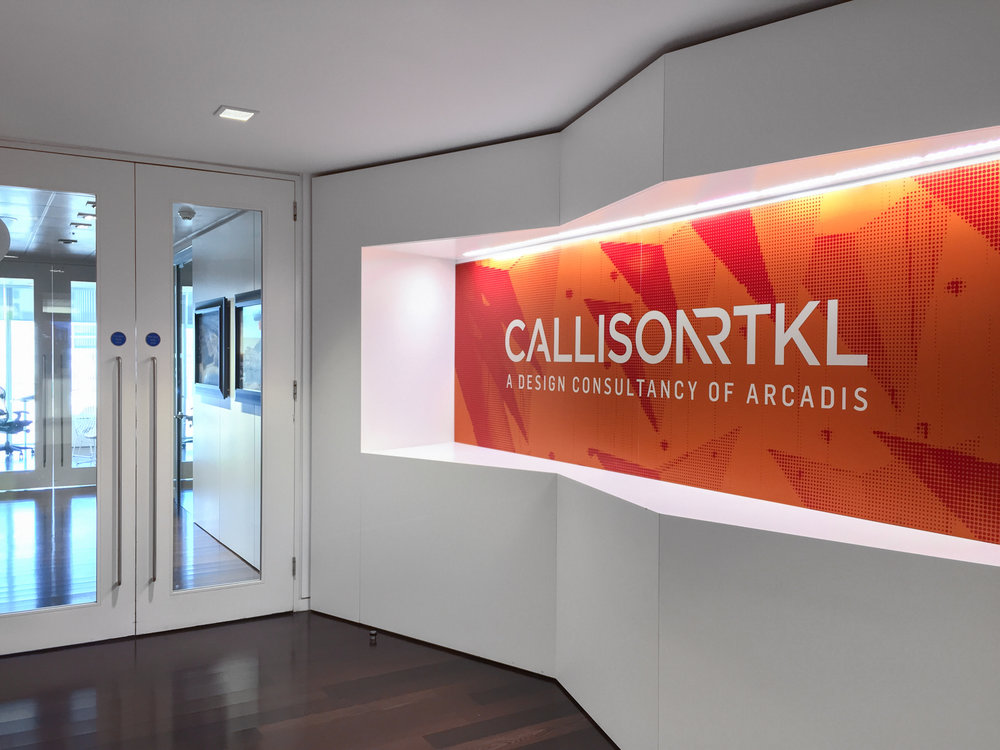
Global architecture, planning and design firm CallisonRTKL (CRTKL) has reiterated its commitment to shaping a better world with the launch of Climatescout, an open-source climate analysis and educational platform which can help users create more sustainable buildings.
Climatescout is free and accessible to all, and comes as part of CRTKL’s ambition for a more sustainable world and the betterment of the building and design industry as a whole.
Through a combination of data and images, the new paltform connects climate with architecture, allowing users to design buildings that respond to their environment by providing climate- specific design advice using the Köppen-Geiger climate classification and building scale design strategies from Architecture 2030’s Palette.
Aligned to the launch and its 75th anniversary, CRTKL, which has 2,000 projects under design at any moments, has unveiled its sustainability report and adopted two important goals for all its projects: all projects will be net zero carbon for operation by 2030 and carbon neutral (including embodied in construction materials) by 2050.
CRTKL is currently ‘climate neutral’ and implementing aggressive measures to cut emissions including a firm-wide ideation challenge to find more creative strategies to further reduce them.
These are combined with performance driven design, adoption of innovative technologies including building simulation, increased collaboration and new metrics to ensure that all projects raise the bar for sustainability and help meet the firm’s goal of shaping a better world, it stated.
"CRTKL’s vision for the future is designing a better place for all – and understanding climate and developing an appropriate architectural response is one of the first steps in any architectural design process," remarked Vice President Pablo La Roche.
"We want to make these tools open to all to provide a platform that can help move the entire design and development industry forward, he noted.
For Climatescout, CRTKL has strategically coupled the Köppen-Geiger climate classification system with Architecture 2030’s Palette to create a unique educational tool.
The Köppen-Geiger climate classification system empirically maps biome distributions around the world organising regions by similar vegetation characteristics.
It is widely used today for applications that must consider different climates, such as ecological modeling or climate change impact assessments. This is paired with Architecture 2030’s Palette which provides a database of sustainable design principles, strategies, tools, and resources for designers, it added.-TradeArabia News Service





















_0001.jpg)


.jpg)
















.jpg)








.jpg)


